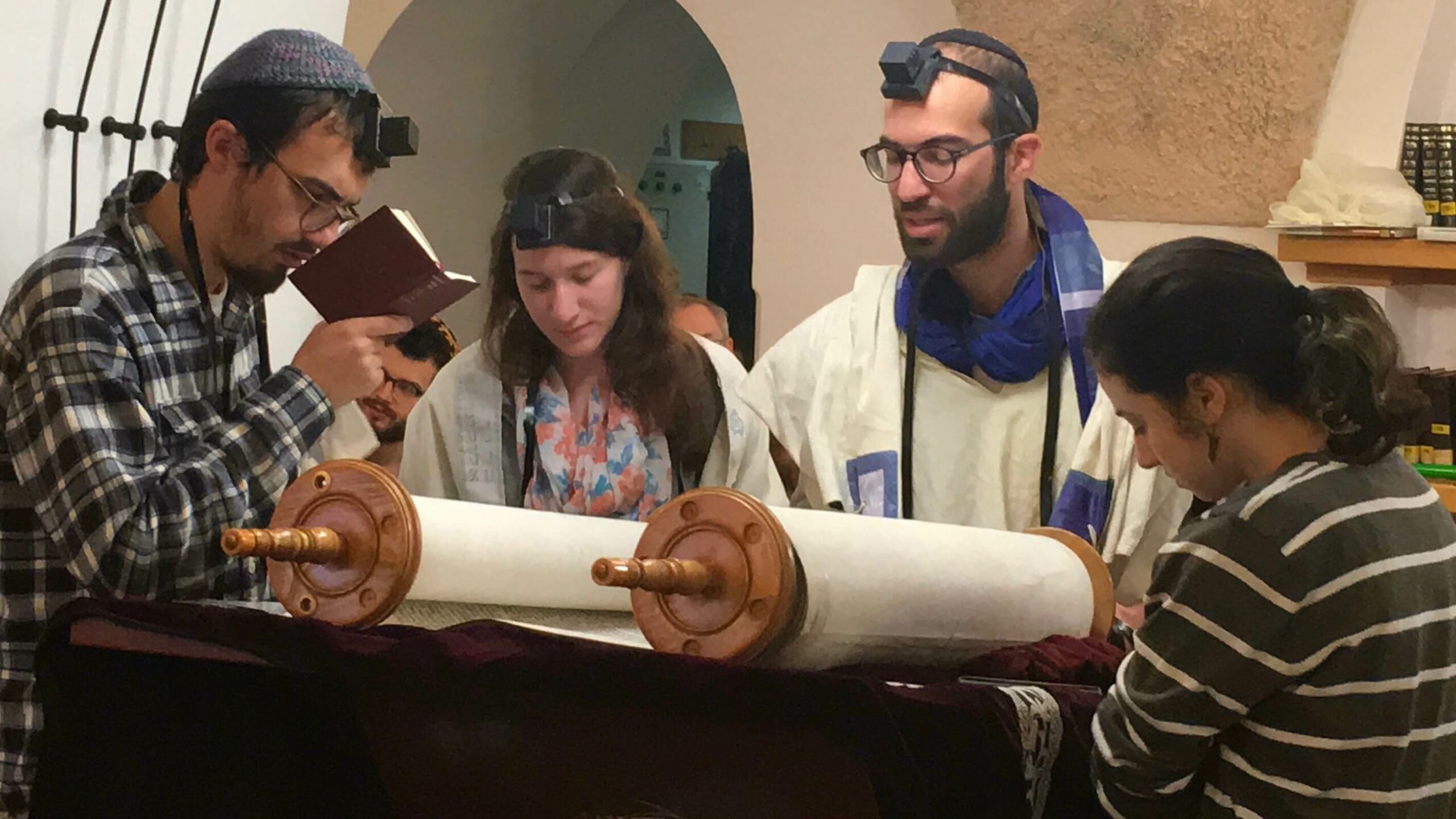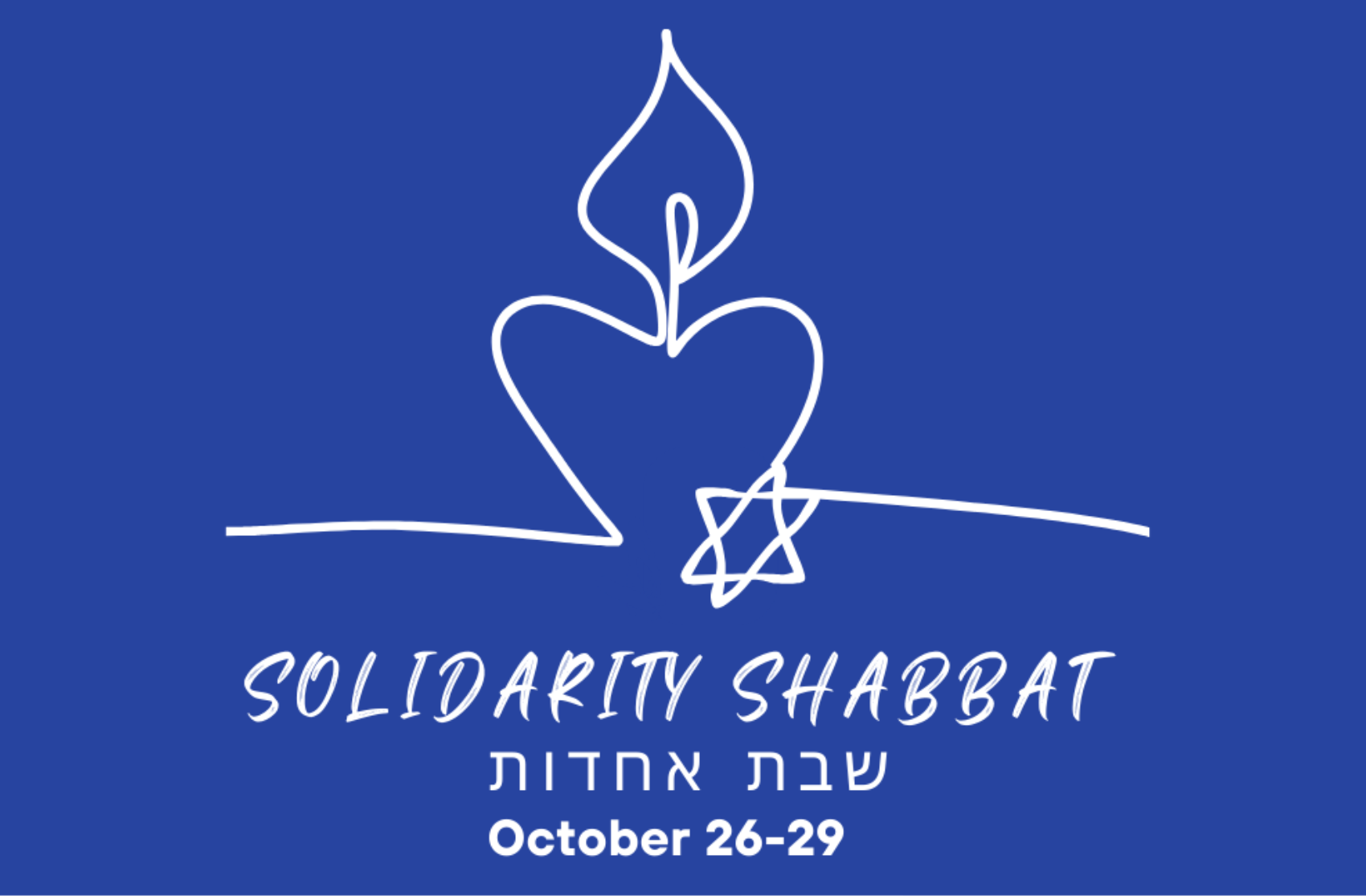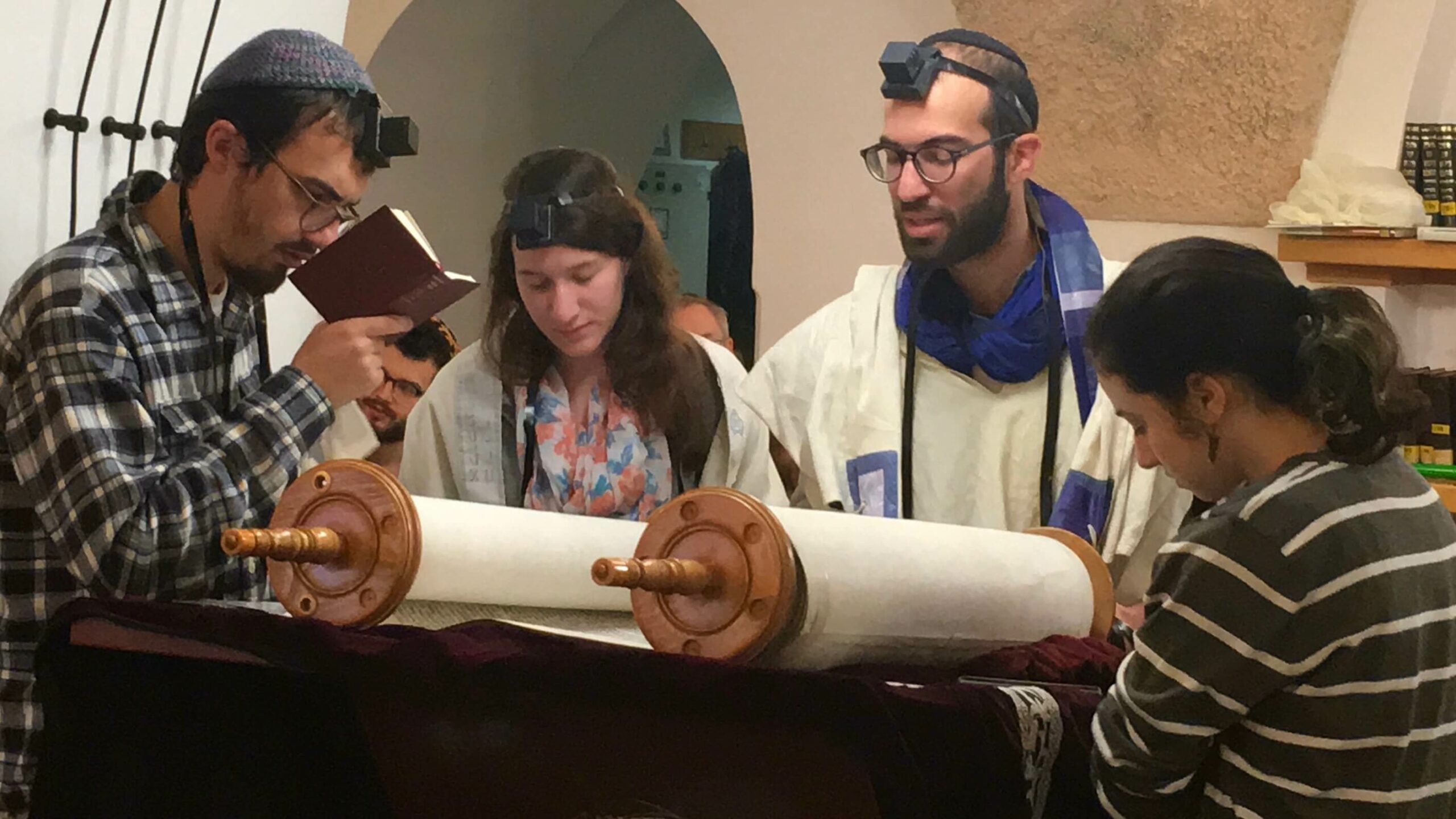

TORAH SPARKS
Shavuot May 29-30, 2020 | 6-7 Sivan 5780
First Day: Exodus 19:1-20:22; Second Day: Deuteronomy 14:22-16:17
Maftir: Numbers 28:26-31
Haftarah First Day: Ezekiel 1:1-28; 3:12; Haftarah: Second Day Ashkenazi: Habbakuk 3:1-19; Sephardi 2:20-3:19
Shavuot and Mother’s Day
Dr. Joshua Kulp, Rosh Yeshiva, Conservative Yeshiva
When I was younger, and I would forget to call my mother on Mother’s Day, and someone would call me out for my neglect, I would respond, “Every day is Mother’s Day.” Of course, there is some truth to this—children should thank their mothers (and fathers) every day. On the other hand, we all know how that works out in reality. Below, I want to suggest an analogy between Shavuot and Mother’s Day.
For about 1500 years, Shavuot has been associated with the Revelation on Sinai. On Shavuot, we read the Ten Commandments. In the liturgy, we call Shavuot, “the time of the giving of the Torah.” But there are two Torot in Israel, the Written Torah, the Five Books of Moses, and the Oral Torah. It is fairly easy to identify the Written Torah—these are the Five Books of Moses from which we read at least four times a week. But Jews are not primarily “people of the Torah.” Our religious lives feel very little like the religious lives of the main characters of the Torah. We do not sacrifice animals, nor does the concept of ritual purity and impurity play a large role in our lives. Our financial lives, our inheritance laws, our penal systems, operate in ways very different from those prescribed by the Torah. Rather Jews are people of the Oral Torah, the non-written book that was not written down until a much later period. But when was the Oral Torah given? Are we celebrating it also on Shavuot?
We read in rabbinic literature that two “Torot” were given to Israel. The earliest such example is a tannaitic midrash on Bamidbar, “‘These are the statutes, and the judgments and the instructions (Torot)’: “The statutes”—these are the midrashoth, “the judgments,” these are the laws; “the Torot”—this teaches that two Torot were given to Israel, one in writing and one by mouth.” According to this ideology, the Oral Torah was already given to Moses on Sinai and it is as old, as Divine and as authoritative as the Written Torah. As such, Shavuot should be the day on which we celebrate the Oral Torah as well.
But anyone who studies rabbinic literature, immediately senses that this statement does not accord well with the nature of rabbinic literature. One reads the Mishnah and the Talmud gets the sense that while sometimes rabbis are transmitting received traditions, much of the time they are arguing based on their own logic. The Oral Law, despite the ideological statements made occasionally by rabbis, does not seem to go back to Sinai.
Rather, the Oral Law is the living, breathing, changing, amorphous relationship between Jews, their received texts, their intellect, their traditions, and ultimately, their perception of Divinity. Every single day the Oral Law is adapted to the conditions in which Jews find themselves (a process we have witnessed acutely over the last few months). It is the open-ended tradition which we build every time we study Talmud, every time we adapt the Talmud’s rules to our changing lives. It is also uniquely Jewish, sharing its DNA, if you will, with the body of Jews that have lived over the past three thousand years, changing with them as they have moved all around the globe and adapted their ways to the ways of those living around them. The Written Torah was given in the desert so that it would be available to the whole world, Jew and non-Jew alike. The Oral Torah was developed, as its name indicates, in the mouths of Jews and as such, it is the beating heart of the Jewish people.
Shavuot is Mother’s Day—the one day we celebrate the giving of the Torah on Sinai. It is the day we single out to appreciate this gift. But just as we honor our parents every day, we celebrate the Oral Torah every day, every time we study its words, pray or observe one of the mitzvoth. It is a gift inspired by the Written Torah but a gift the Jewish people, and especially its leaders and teachers have been giving itself for as long as we have been around.
The Torah of Kindness (Chesed)
Vered Hollander-Goldfarb, Conservative Yeshiva Faculty
Text: Ruth 1:19-21
(19)And the two of them [Naomi and Ruth] went until they came to Bethlehem, and it happened as they came to Bethlehem that the whole town was astir over them, and the women said, “Is that Naomi?” (20)And she said: ‘do not call me Naomi. Call me Mara, … (21)I went out full, and empty did the Lord bring me back…
- What do you think that the women meant when they asked, “Is this Naomi?”
- How is Ruth feeling in this episode? She walked in with Naomi, yet nothing is said to her, nor is she mentioned. How is the town treating her? Why?
- Note Naomi’s response to the women. Why do you think that she does not address the unspoken questions about Ruth?
In contrast to the chorus of the town’s women, we hear the voice of Boaz, the relative of Ruth’s in-laws of whose existence she is unaware and into his field she wanders searching for a place to gather left-over grain: (Boaz, without introducing himself, offers her protection in his field. Later, he tells his workers to discreetly drop extra stalks for her.)
Text: Ruth 2:11-12
(11) It was told to me all that you did for your mother-in-law after your husband’s death, and that you left your mother and father and the land of your birth to come to a people that you did not know in time past.
- What is the reason for Boaz’s treatment of Ruth? What might we have expected it to be?
- Who does he compare her to in his description of her as having left her parents and the land of her birth? In what ways is she like that biblical character, and how does she differ?
- Why do you think that Boaz does not reach out with an offer of help to Naomi and Ruth, but tells his workers to make sure that Ruth is able to collect enough grain?
Commentary: Midrash Ruth Rabbah 2:14
Rabbi Zeira says: “This book [of Ruth] does not have anything in it concerned with impurity or purity nor what is forbidden and what is permitted. So why is it written? To teach us the greatness of the reward for acts of lovingkindness (Chesed).”
- Why do you think that on the day that we celebrate the receiving of Torah, we choose to read about acts of Chesed, not observance of Mitzvot from the Torah?
D’var Haftarah: The Angel’s Legs and Prayer
Rabbi Mordechai Silverstein, From the Archives
Ezekiel’s vision of the divine chariot serves as one of the fundamental metaphors of the Jewish mystical tradition. In this vision, Ezekiel sees four heavenly creatures whose form was, at once, human together with other characteristics which are bound to strike the reader as bizarre. Ezekiel describes their manner of standing this way: “the legs of each were [fused into] a single rigid leg (regel yisharah)”. (verse 1:7)
Rashi gives two interpretations of what this might have looked like. In the first, he describes the legs of the creature as “directed one toward the other”. Rabbi Joseph Kara (12th century France), interpreted this to mean that the feet of these creatures faced in all directions so that like their faces, their feet also faced in all directions. According to Rashi’s second interpretation “regel yisharah”, literally “straight leggedness” means that these divine creatures “did not have joints in their knees and were therefore incapable of sitting or lying down.”
The Talmud (Berachot 10b) contends with an ancillary question. How many legs did each of these creatures have? Did they have one leg or two legs? On this question there is no clear answer but the following passage allows us to infer an answer: “And Rabbi Yose the son of Rabbi Hanina said in the name of Rabbi Eliezer ben Yaakov: ‘One who prays [the Amida] should align his legs [emulating the posture of the divine creatures], as it is written: ‘and their legs were a straight leg.’” Rashi, in his commentary to this Talmudic passage, interprets this to mean that when a person recites the Amidah, their legs should appear as if they are “one leg.” R. Jacob ben Asher, (14th century) explains that one should position one foot alongside the other foot while praying. (Tur Orach Hayim 95)
This physical posture causes us to emulate the angels when we pray, offering us the opportunity to allow our prayers to soar heavenward. The Hafetz Hayim, Rabbi Israel Meir Hakohen, explained it this way: “since we are speaking with God, it is necessary for a person to remove all bodily thoughts from one’s heart and to try as best one can to be like an angel.” (Mishnah Berurah Orach Hayim 95:1) Ezekiel’s prophecy then becomes not only a model for the mystical tradition but also a model for our every day communion with God.







